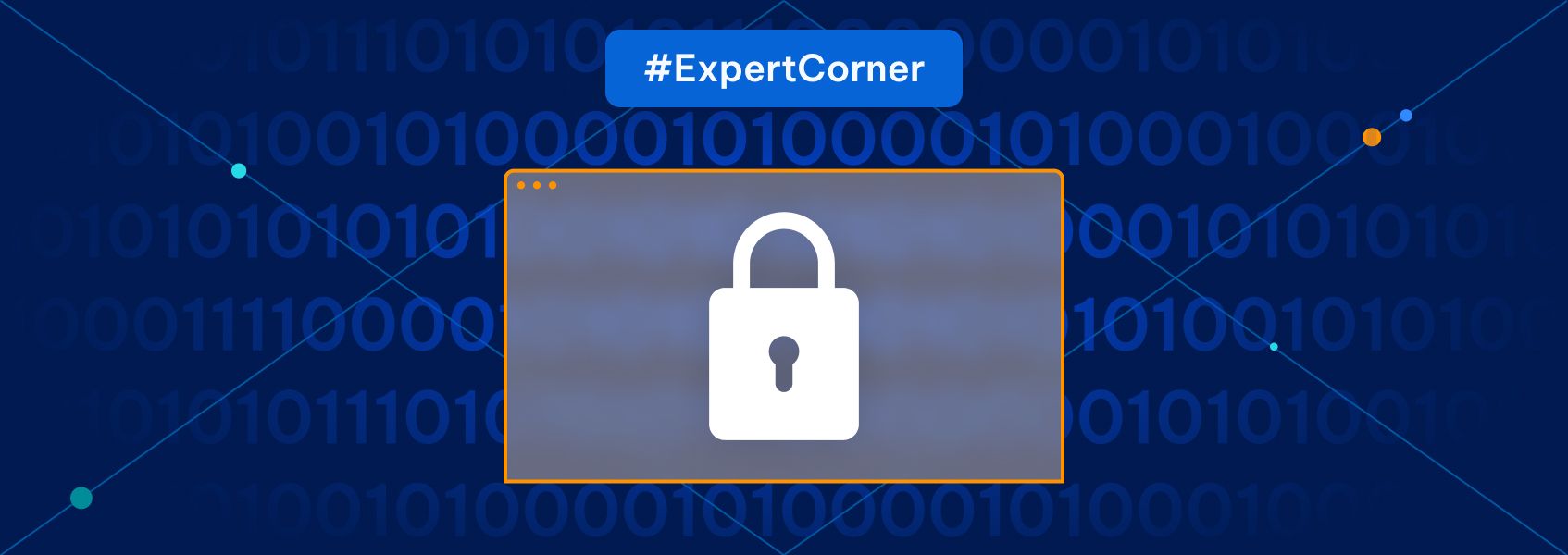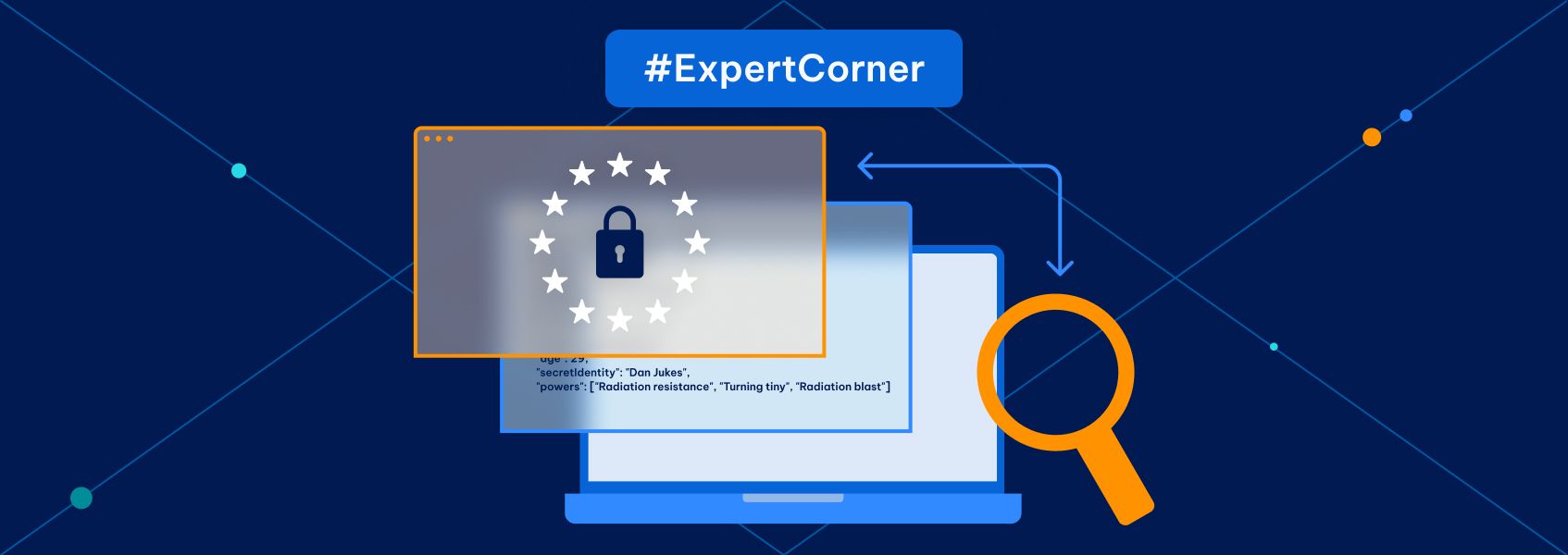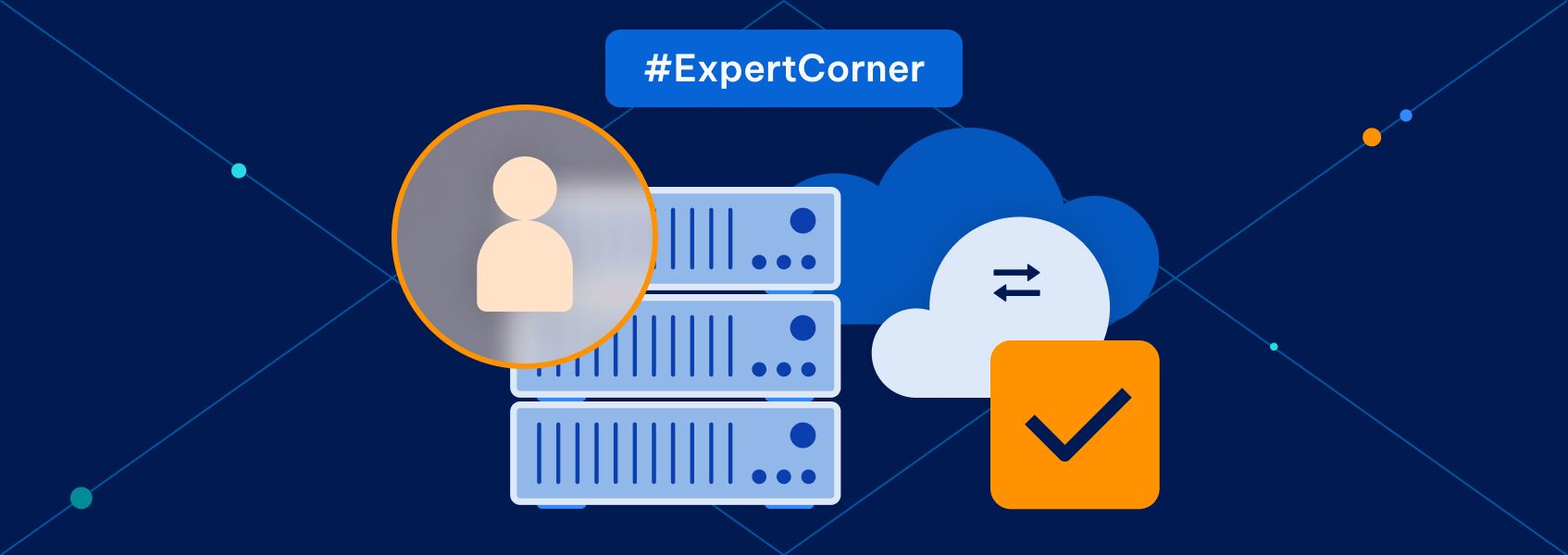The Impact of Data Harvesting: Methods, Uses, and Legal Considerations
Expert corner

Nerijus Kriaučiūnas
Data harvesting is one of the solutions that shape and reinvent the modern digital landscape. It boosts business growth, enhances user experience, and transforms the way companies operate in general.
Different companies may conduct data harvesting for different purposes: some may use it to overcome competitors, and others may sell it. In this article, you will learn about its impact and challenges.
What Is Data Harvesting?
In simple terms, data harvesting is the process of collecting data from a certain source: a website, app, social media, or some other source.
After that, the information could be used to aggregate and sell it, gain a strategic advantage over your competitors, or any other purpose that your business may benefit from.
The more harvested data companies gather, the deeper they understand their market and customers. Businesses across e-commerce, marketing, and data science depend on extracting data to maintain their edge.
For example, take retail stores, which could use data harvesting to track shopping patterns, while marketing teams could leverage collected data to craft tailored messages for their target audience.
Common Data Harvesting Methods
There are several data collection methods to gather data sources efficiently. Here are some of the most popular methods.
1. Web Scraping
Web scraping is an automated way of extracting data from websites. It uses software to gather large amounts of information quickly. Tools like web crawlers are great for indexing content, such as getting a large number of websites into a single file or aggregating valuable data sources.
If you’re looking for a detailed comparison of how web crawling differs from web scraping , we’ve covered it in our other article.
2. Tracking Tools
Tracking tools, like cookies or pixel tags, monitor user behavior on websites. They help companies collect data sources like browsing history, clicks, and time spent on pages.
This harvested data could help marketing teams tailor landing pages and research other products that would make a great addition to their business.
3. Surveys and Forms
Sometimes, companies gather data by asking customers directly. It’s called first-party data and could take more time and effort to get.
Surveys, feedback forms, and polls are simple but effective ways to get specified insights into things that interest you the most.
4. Browser Extensions
Some extensions also collect information, often in exchange for free tools or services . While this method could seem to be convenient, users should always be aware of what’s being collected.
Otherwise, if you collect data about users that they don’t know is being gathered about them, you may face legal issues, especially in more regulated regions.
The Difference Between Data Harvesting and Data Mining
Data harvesting and data mining seem alike but serve different roles. Data harvesting gathers raw data from sources like websites, mobile apps, and user surveys. Its main job is to collect.
Data mining, on the other hand, takes a different path. It studies the gathered data to spot useful patterns and trends that businesses can use.
To simplify even further, you can think of data harvesting as picking fruit from trees, while data mining turns that fruit into a smoothie.
Is Data Harvesting Legal?
The rules around data harvesting change based on your location, methods, and compliance to terms and services.
Laws and regulations like GDPR in Europe and CCPA in California set strict rules for data collection or data harvesting. These laws ensure that businesses receive permission from users before taking their personal details.
Some areas, however, remain grey. One of the best examples is web scraping. It’s often fine to scrape public data, but breaking through security measures could be crossing a line. For more details, read our article on web scraping and GDPR .
The rules around data harvesting keep changing as technology evolves, so make sure to check for updates if you’re into web scraping.
Examples of Unethical Practices
Amazon’s Luxembourg EU headquarters was accused of tracking user data without getting the necessary consent from users. Also, they didn’t provide the option to opt out from the tracking. As a result, they received a hefty fine of $780.9 million.
There are more companies that get in trouble for shady data harvesting moves. These cases show why we need strict rules about gathering personal information and protecting user data.
And protecting data is important, because data breaches from big companies happen more often than you would imagine.
Practical Applications of Data Harvesting
Ethical data harvesting brings value to many business fields:
- Advertising
Marketing teams use harvested data to show you products you might like. When you look up running shoes online, similar sports gear may appear in your social media feed.
- Healthcare
Medical centers tap into data sources like health records to spot disease records and create better treatment plans.
- AI development
Extracting data from pictures, words, and sounds helps build better AI tools like digital assistants and image scanners.
- Data aggregation
Harvested data could be used to create comprehensive datasets that would cater to investors and help them find new companies to invest in based on many different criteria.
Conclusion
Data harvesting drives today’s business success. It brings powerful benefits when companies use it correctly and follow the rules. However, it’s important to adhere to regulations and use ethically to prevent unwarranted and personal data collection.


